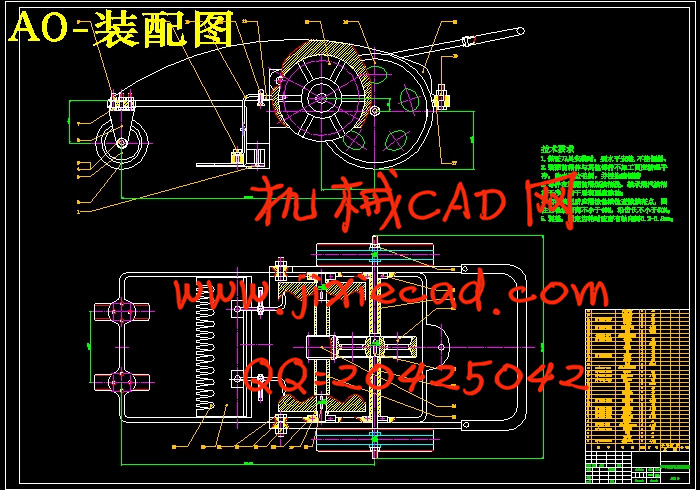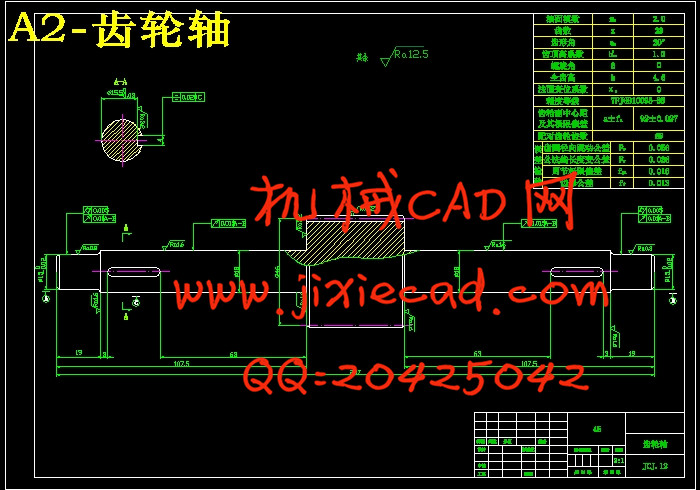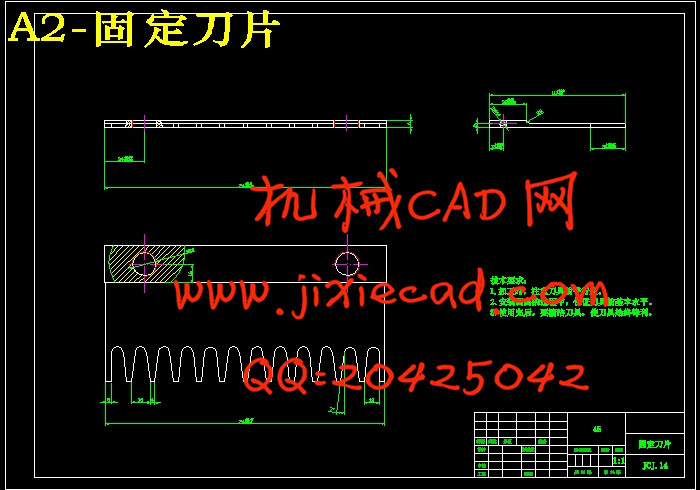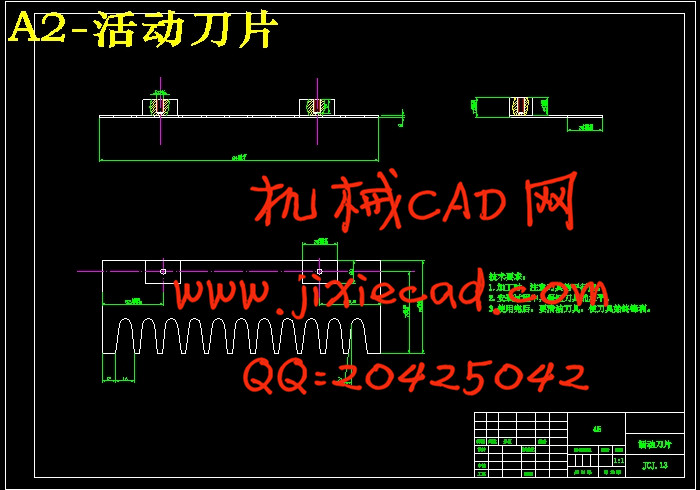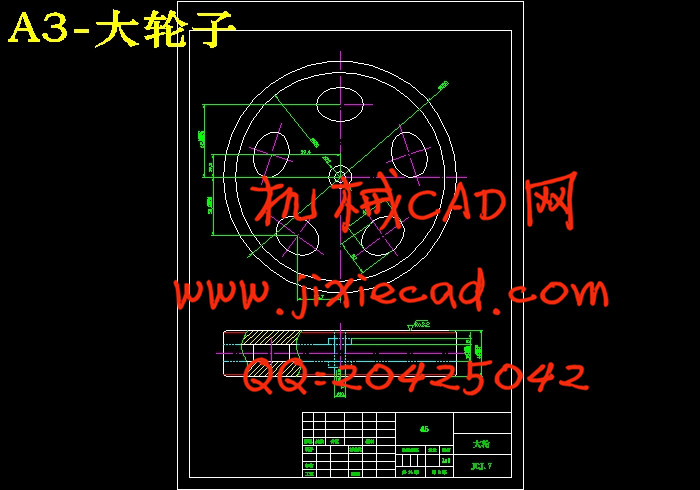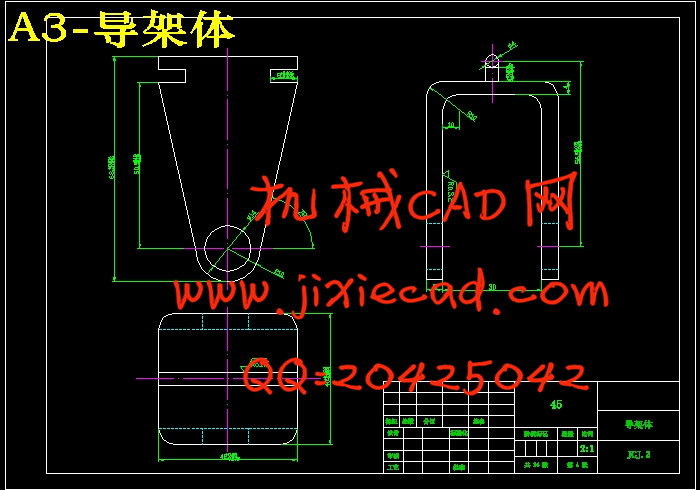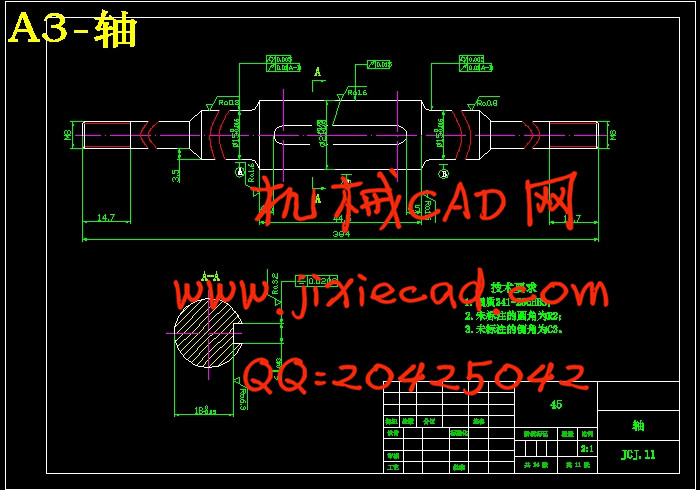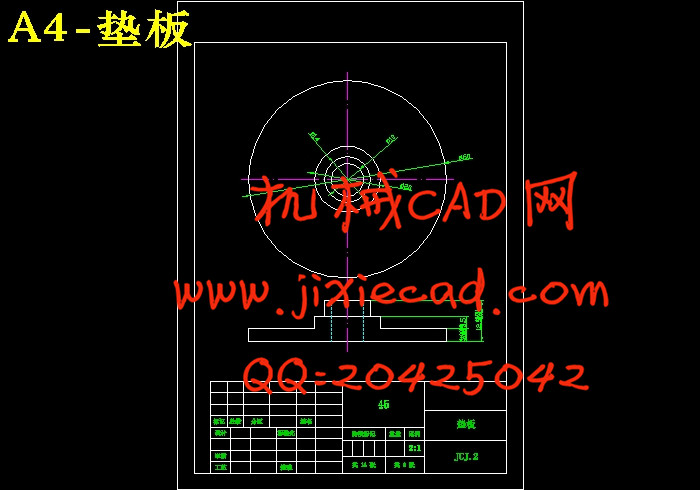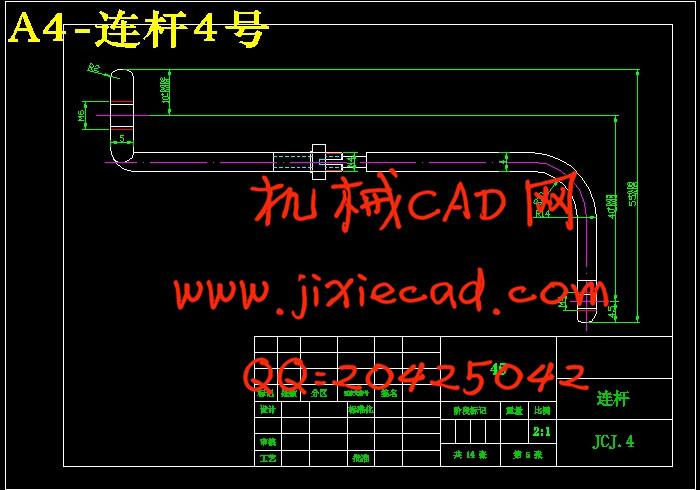设计简介
摘要
在当代,走在中国的马路上,随处可见马路边上绿油油的草坪,城市的美观与绿化,与草坪密不可分。随着社会的发展,我国对于城市绿化也越来越重视。环保草坪修剪机选用无引擎驱动的手推形式提供动力,替代传统的电力驱动以及其他驱动形式,利用两个齿轮之间齿的啮合的原理将车轮运动的力传递到链接的活动刀具使其来回移动,使之与保持状态不变的刀具的几何关系为相切。这样就可以起到类似于剪子的作用。
接下来会从基本原理,齿轮与齿轮的啮合,齿轮与轴的配合,刀具的剪切等方面对修剪机开展的计算和设计。相应计算确定了标准件的选择、非标准件的设计。根据计算数据的结果,用AutoCAD完成无引擎草坪修剪机的装配图、部分非标准件的零件二维图。这款机器的优点为无噪声、无振动、无污染等,适合家庭、学校草坪,小面积草坪,办公地方的草坪。
关键词:环保;草坪修剪机;手推式
在当代,走在中国的马路上,随处可见马路边上绿油油的草坪,城市的美观与绿化,与草坪密不可分。随着社会的发展,我国对于城市绿化也越来越重视。环保草坪修剪机选用无引擎驱动的手推形式提供动力,替代传统的电力驱动以及其他驱动形式,利用两个齿轮之间齿的啮合的原理将车轮运动的力传递到链接的活动刀具使其来回移动,使之与保持状态不变的刀具的几何关系为相切。这样就可以起到类似于剪子的作用。
接下来会从基本原理,齿轮与齿轮的啮合,齿轮与轴的配合,刀具的剪切等方面对修剪机开展的计算和设计。相应计算确定了标准件的选择、非标准件的设计。根据计算数据的结果,用AutoCAD完成无引擎草坪修剪机的装配图、部分非标准件的零件二维图。这款机器的优点为无噪声、无振动、无污染等,适合家庭、学校草坪,小面积草坪,办公地方的草坪。
关键词:环保;草坪修剪机;手推式
ABSTRACT
In modern times, on the roads in China, there are green lawns on the roadside. The beauty and greenery of the city are inseparable from the lawn. With the development of society, our country is paying more and more attention to urban greening. The environmentally friendly lawn trimmer is powered by an engine-less pusher, which replaces the traditional electric drive and other drive forms. It uses the principle of meshing teeth between two gears to transfer the force of the wheel motion to the linked movable cutter to make it back and forth. Move it so that it is tangent to the geometry of the tool that holds it. This can play a similar role as a scissors.
The calculation and design of the pruning machine will be carried out from the basic principles, the meshing of the gear and the gear, the cooperation of the gear and the shaft, and the cutting of the tool. Corresponding calculations determine the selection of standard parts and the design of non-standard parts. According to the results of the calculation data, the assembly drawing of the engineless lawn trimmer and the part two-dimensional drawing of the non-standard parts are completed using AutoCAD. This machine has the advantages of no noise, no vibration, no pollution, etc. It is suitable for families, school lawns, small lawns, office lawns.
Keywords: environmental protection; lawn trimmer; hand push
In modern times, on the roads in China, there are green lawns on the roadside. The beauty and greenery of the city are inseparable from the lawn. With the development of society, our country is paying more and more attention to urban greening. The environmentally friendly lawn trimmer is powered by an engine-less pusher, which replaces the traditional electric drive and other drive forms. It uses the principle of meshing teeth between two gears to transfer the force of the wheel motion to the linked movable cutter to make it back and forth. Move it so that it is tangent to the geometry of the tool that holds it. This can play a similar role as a scissors.
The calculation and design of the pruning machine will be carried out from the basic principles, the meshing of the gear and the gear, the cooperation of the gear and the shaft, and the cutting of the tool. Corresponding calculations determine the selection of standard parts and the design of non-standard parts. According to the results of the calculation data, the assembly drawing of the engineless lawn trimmer and the part two-dimensional drawing of the non-standard parts are completed using AutoCAD. This machine has the advantages of no noise, no vibration, no pollution, etc. It is suitable for families, school lawns, small lawns, office lawns.
Keywords: environmental protection; lawn trimmer; hand push
目录
摘要 Ⅰ
ABSTRACT Ⅱ
1 绪论 1
1.1 设计的依据 1
1.2 修剪机的作用和使用地区 1
1.3国内外研究现状 2
2 设计修剪机方案的选定 3
2.2主要工作原理 3
2.3主要问题和解决计划 6
2.4 修剪机的优点 9
2.5设计基本的原理 9
3 传动系统设计 11
3.1 设计计算齿轮 11
3.2 设计计算轴 15
3.3 端面齿轮及拨杆的计算设计 22
4 执行机构设计 26
4.1刀具的设计计算部分 26
5 总体设计参数及使用说明 31
5.1端盖与车轮的参数 31
5.2总体设计参数 31
5.3使用说明书 32
6 结论 34
参考文献 35
致谢 45
摘要 Ⅰ
ABSTRACT Ⅱ
1 绪论 1
1.1 设计的依据 1
1.2 修剪机的作用和使用地区 1
1.3国内外研究现状 2
2 设计修剪机方案的选定 3
2.2主要工作原理 3
2.3主要问题和解决计划 6
2.4 修剪机的优点 9
2.5设计基本的原理 9
3 传动系统设计 11
3.1 设计计算齿轮 11
3.2 设计计算轴 15
3.3 端面齿轮及拨杆的计算设计 22
4 执行机构设计 26
4.1刀具的设计计算部分 26
5 总体设计参数及使用说明 31
5.1端盖与车轮的参数 31
5.2总体设计参数 31
5.3使用说明书 32
6 结论 34
参考文献 35
致谢 45


